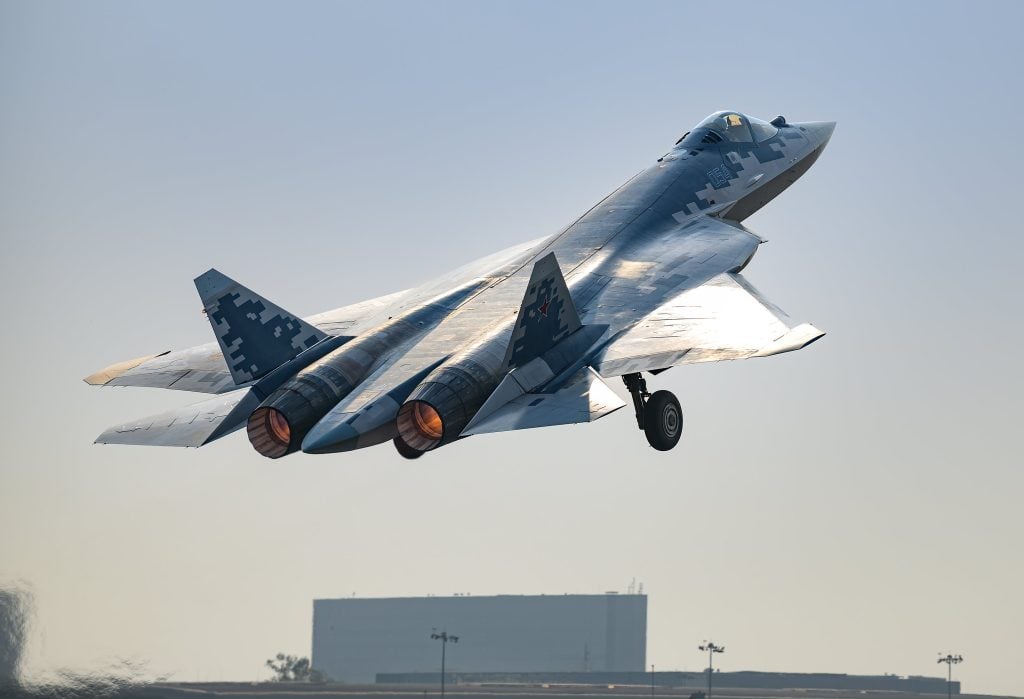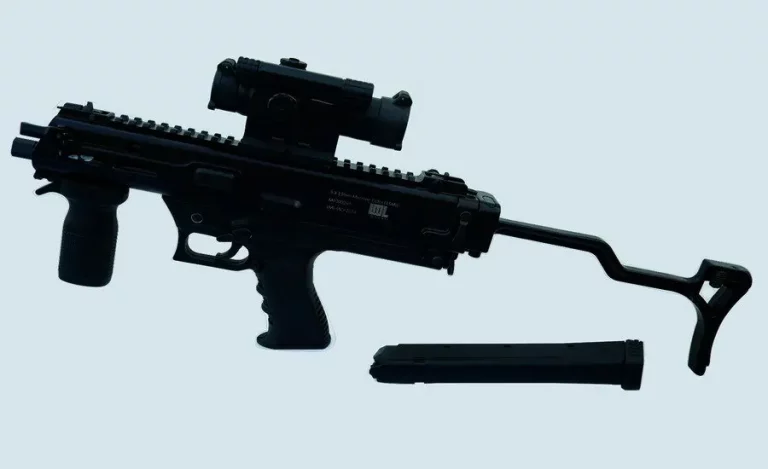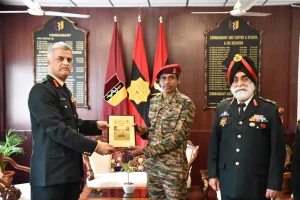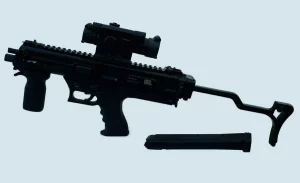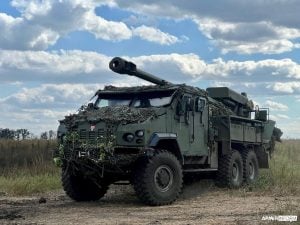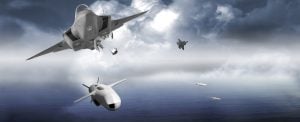The recent showcasing of the Su-57 fighter jet at Aero India 2025 has generated significant interest among aviation enthusiasts and military analysts. One of the standout moments of the event was the Su-57’s impressive capability to achieve takeoff in just 10 seconds from a short runway. This remarkable performance has ignited discussions about the aircraft’s technological sophistication and its operational potential in various military scenarios.
The Su-57, known as Russia’s fifth-generation stealth fighter, has been meticulously designed to operate efficiently in combat. A key feature that distinguishes it from other modern fighter jets is its rapid takeoff ability. While typical fighter aircraft require between 15 to 25 seconds to reach takeoff speed—dependent on factors such as payload, engine power, and runway length—the Su-57’s capacity to reach this speed in just a tenth of that time is a significant engineering achievement.
Several critical factors contribute to this exceptional takeoff performance. The Su-57 is powered by the advanced AL-41F1 engines, which provide substantial thrust, facilitating quick acceleration. Additionally, the aircraft’s design focuses on weight management, often operating with minimal payload. This not only reduces the overall weight during takeoff but also enhances performance. The aerodynamic design of the Su-57 further complements this capability; its sleek contours are optimized to minimize drag, thereby boosting acceleration.
The role of afterburners is vital in this rapid takeoff. By injecting extra fuel into the exhaust, afterburners generate additional thrust, accelerating the aircraft to takeoff speeds of around 250-280 km/h (155-175 mph) almost immediately.
Aero India, as a leading aerospace and defense exhibition held biennially, serves as an important platform for nations to display their advanced military technologies and to foster international military cooperation. The Su-57’s performance at this event not only showcases Russia’s capabilities in aerospace technology but also highlights the evolving landscape of defense partnerships in Asia.
The implications of the Su-57’s impressive demonstration are far-reaching, potentially influencing international defense strategies and procurement decisions among various nations. As military forces around the world assess their capabilities, the Su-57 could shift perceptions and relationships within the global defense community.
Aerodynamic engineering also plays a crucial role in the Su-57’s takeoff performance. The aircraft is designed to minimize both parasitic and induced drag, which are critical to flight performance. Parasitic drag is associated with the aircraft’s shape and increases with external payloads. The Su-57 mitigates this through its internal weapon bays, contrasting with fighters that rely on external mounts. Induced drag, which arises during lift generation, is reduced thanks to the lightweight configuration seen during demonstrations.
In comparison to its contemporaries, the Su-57’s takeoff time positions it as a leader. For instance, while the F-35 typically requires 20-25 seconds and the F-22 Raptor about 15-20 seconds, the Chinese J-20 is in a similar range of 20-25 seconds. This stark contrast underscores the Su-57’s technological edge.
Despite the remarkable takeoff capabilities displayed, it is important to recognize that such performance typically occurs under specific conditions, including minimal load and during demonstrations rather than in combat scenarios. When fully armed, the Su-57 can manage a combat payload exceeding 10 tons, significantly affecting its takeoff performance.
Future enhancements to the Su-57 are anticipated, including advancements in engine performance, avionics, and weapon systems to maintain its competitiveness on the global stage. The evolution of the Su-57 could also reshape defense dynamics worldwide as foreign nations reassess their military capabilities based on this aircraft’s performance.
Ultimately, the ability of the Su-57 to take off in just 10 seconds is a testament to advancements in military aviation technology. While this capability shines in controlled environments, it hints at the aircraft’s potential in real combat situations. As countries continue to prioritize the development of advanced military technologies, the Su-57 is poised to be a pivotal player in the future of aerial warfare.
